“Kimberley Designated Area Migration Agreement (Kimberley DAMA)” (c) Home Affairs
The Kimberley DAMA Designated Area aligns with the Local Government Area of the Shire of Wyndham East-Kimberley, The Shire of Broome, The Shire of Halls Creek, and The Shire of Derby-West Kimberley. Employers requesting endorsement must have operations in the Designated Area, and the position/s being sought must be located within the operations of the employer within the Designated area. The Kimberley DAMA is accessible to all employers operating in the Kimberley region and is not exclusive to EKCCI members.
The Kimberley DAMA is an agreement between the EKCCI and the Federal Government that allows employers operating in the Kimberley region to access a broader range of occupations than standard skilled migration avenues, and with numerous concessions including experience, age, and in some cases salary and English, among others. These arrangements help employers attract and retain the right people to our region on a sustainable basis, where they have not been able to fill positions from the Australian labour market.
The Kimberley DAMA occupation list is different to standard skilled migration programs and includes a range of concessions not accessible through those standard programs.
You and your Employer can get further Information and help by messaging us here or email SkilledMigrationGroup@pm.me
#DAMA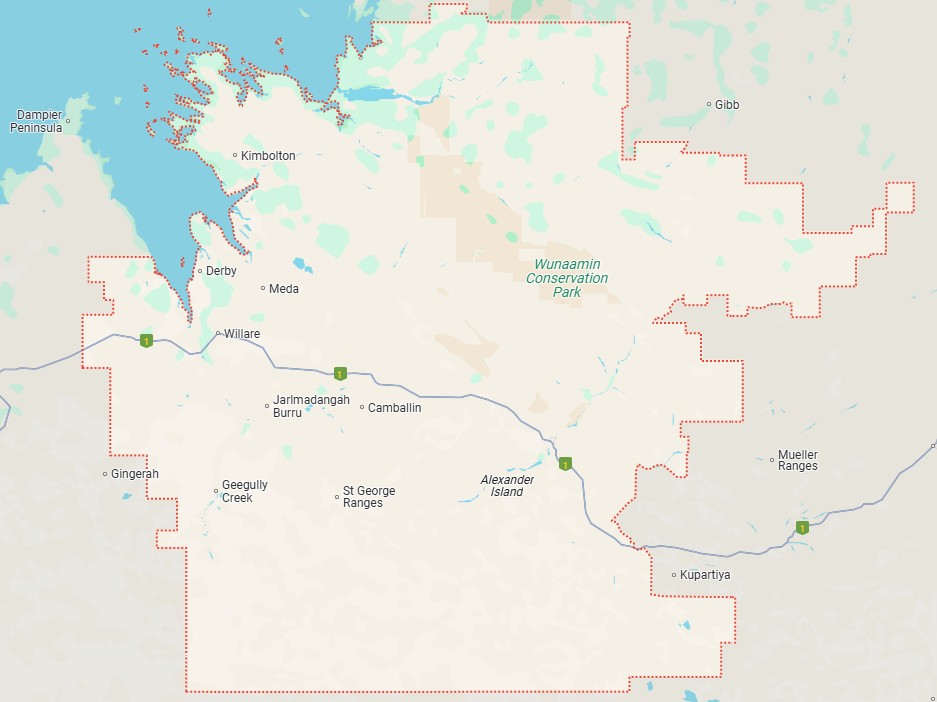
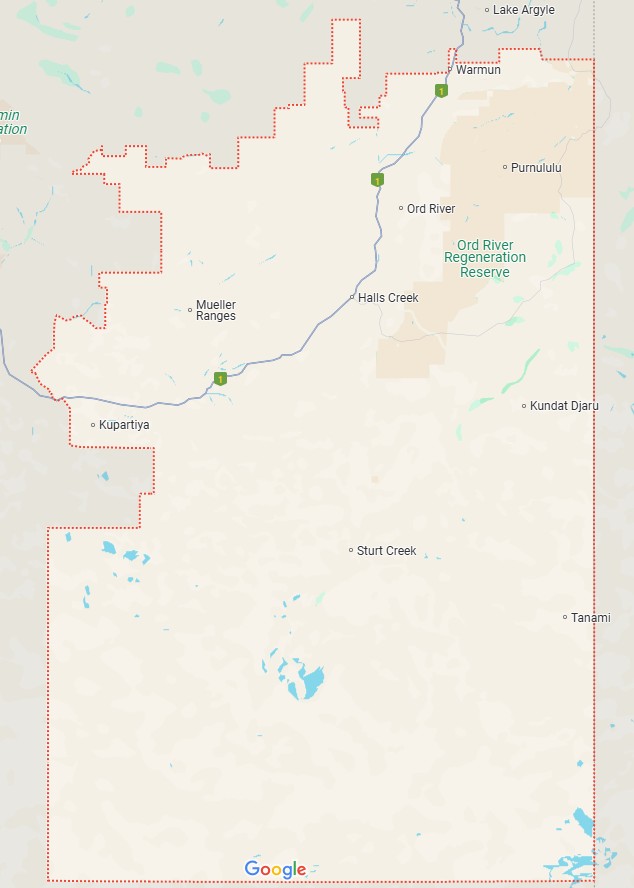
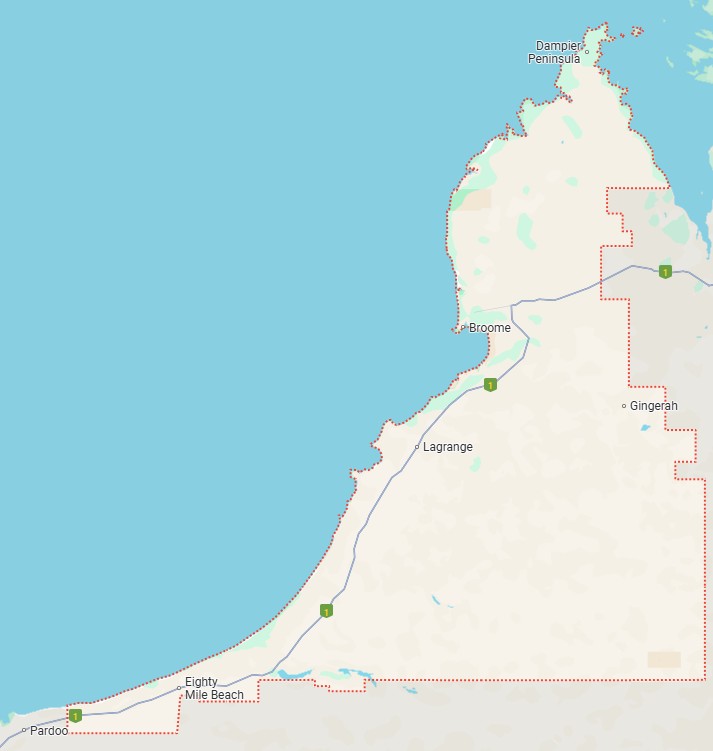


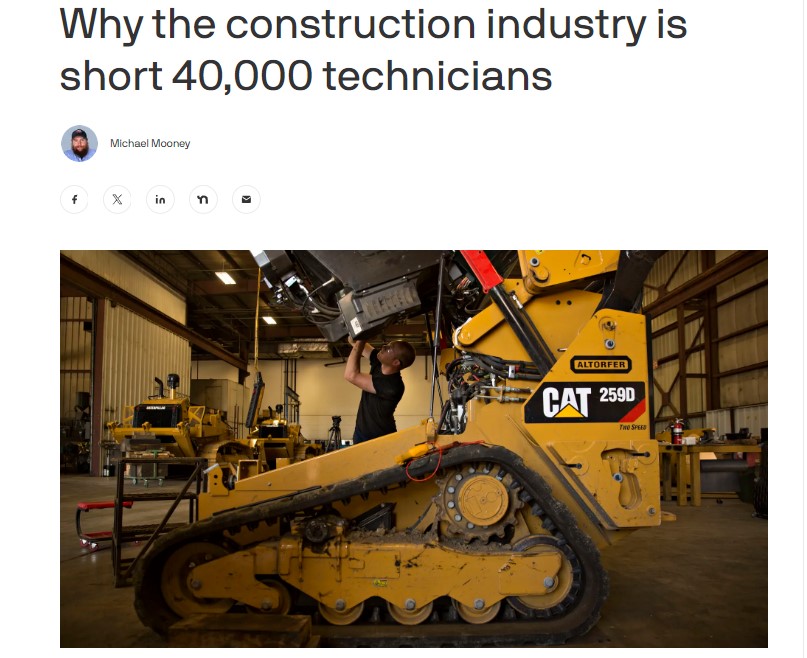
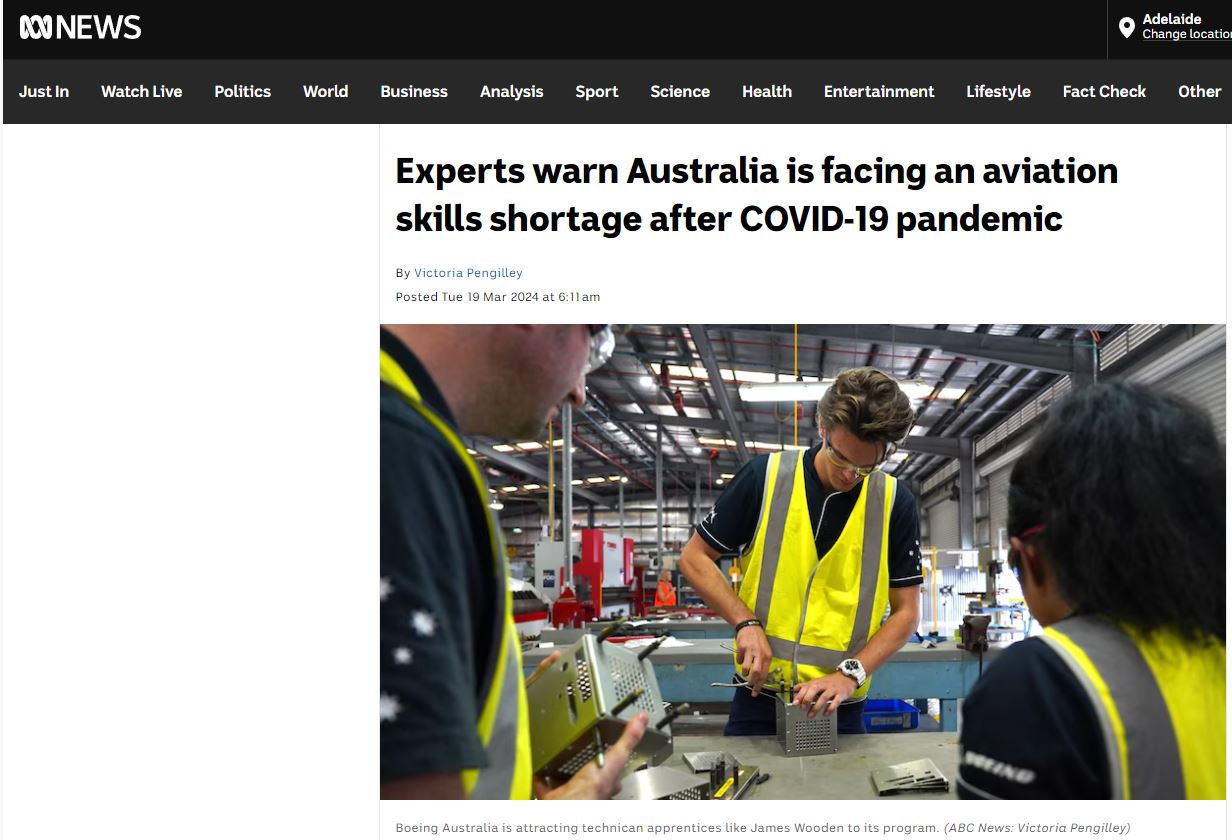
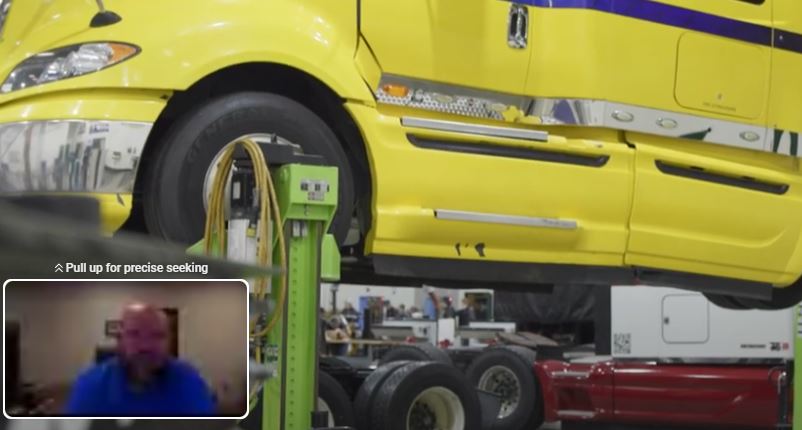
 Skills shortage continues to impact the Australian construction industry – a vital contributor to the country’s GDP and economic growth – with just a little over half of trade apprentices completing their training.
Skills shortage continues to impact the Australian construction industry – a vital contributor to the country’s GDP and economic growth – with just a little over half of trade apprentices completing their training.